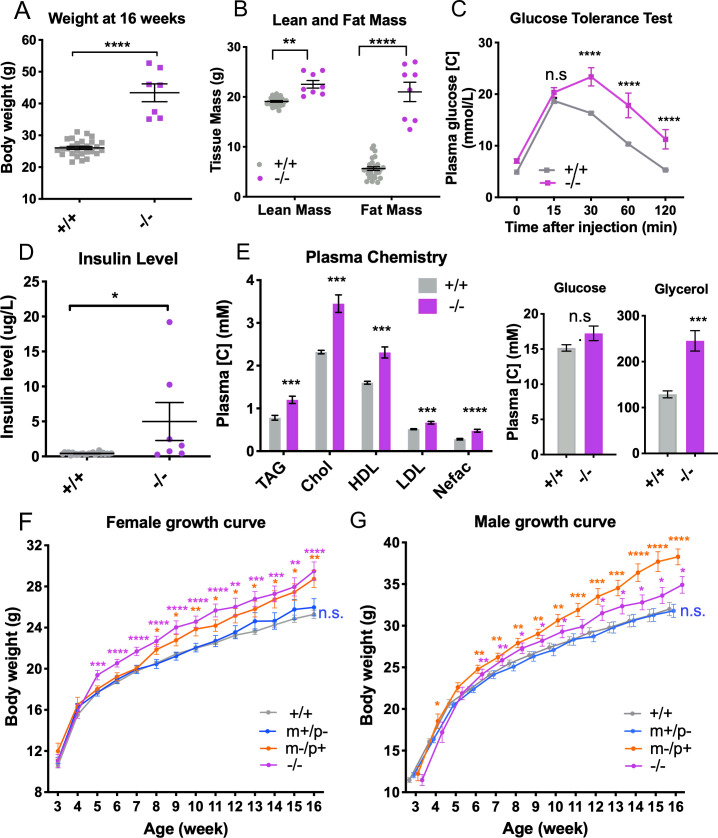Fig 6. Trappc9 deficient mice show a parent-of-origin-dependent obesity phenotype.
(A-E) Female Trappc9 -/- mice (-/-, n = 8, age = 16 weeks) showed increased body weight (A), increased lean mass and fat mass (B), glucose intolerance (C), increase blood insulin levels (D) and levels of triacylglycerol (TAG), cholesterol (Chol), lipoproteins (HDL & LDL), non-essential fatty acids (Nefac), and glycerol (E), contrasting to wild-type controls (+/+, n = 25–28, 16-week old). Statistical methods for A, B and E: two-tailed unpaired t-test; for C: two-way ANOVA with Sidak’s test; for D: two-tailed Mann-Whitney test. (F-G) Homozygous (-/-) and heterozygous Trappc9 knockout mice lacking the maternal-allele (m-/p+) show an increase in body weight in both sexes, whereas heterozygous knockout mice lacking the paternal-allele (m+/p-) have a body weight similar to that of wild-type mice (+/+).Females (F, +/+, n = 26–30; m+/p-, n = 9–15; m-/p+, n = 9–13; -/-, n = 9–13), males (G, +/+, n = 23–28; m+/p-, n = 10–13; m-/p+, n = 8–9; -/-, n = 11–14). One-way ANOVA with Dunnet’s post hoc test was used to test the body weight difference between genotypes at each age, and two-way ANOVA with repeat measurement was used to test the difference between growth curves. *p<0.05, **p<0.01, ***p<0.001, ****p<0.0001.

